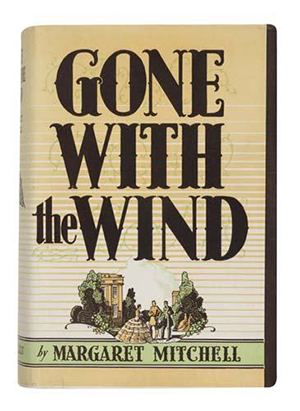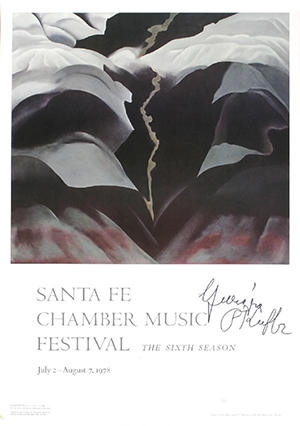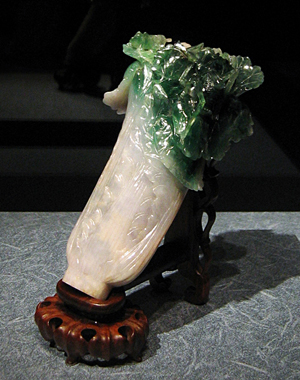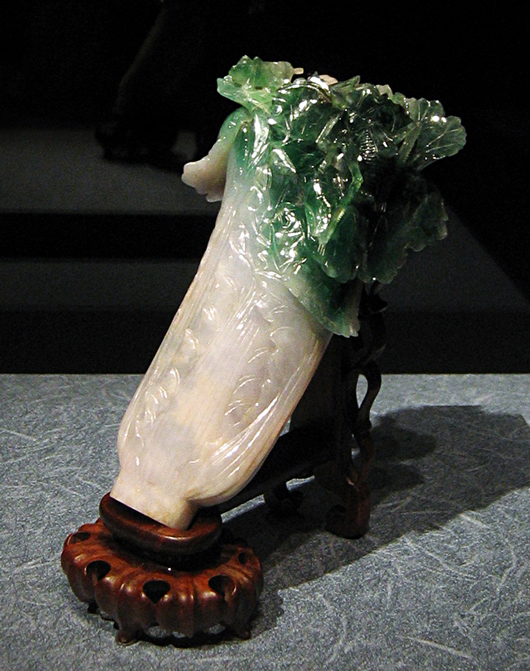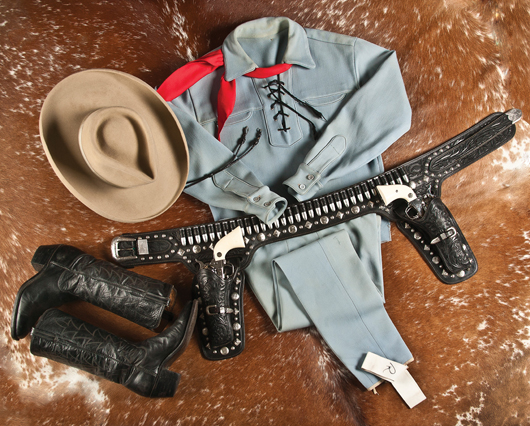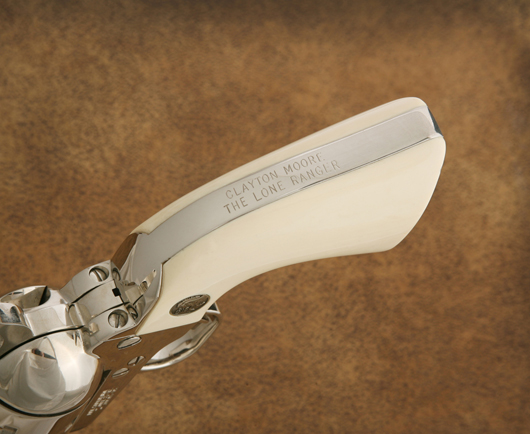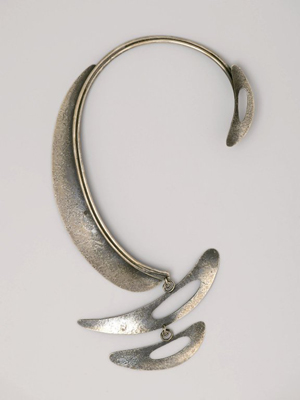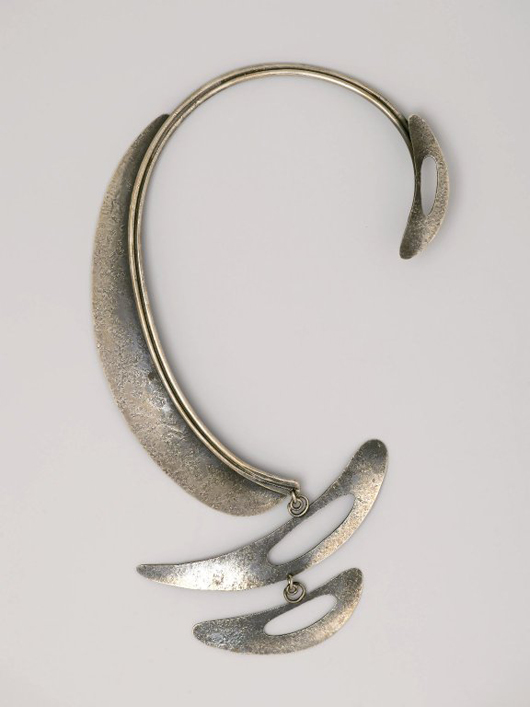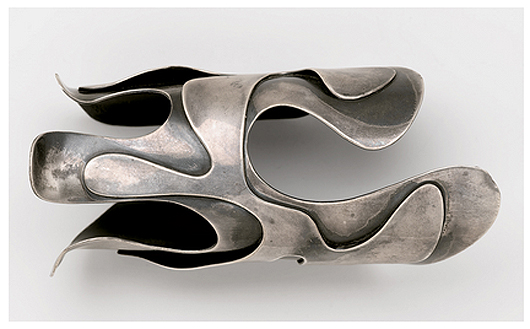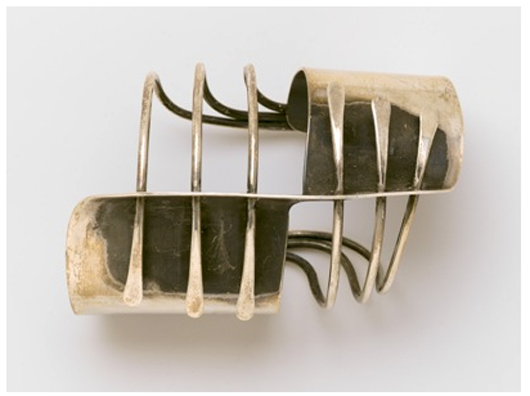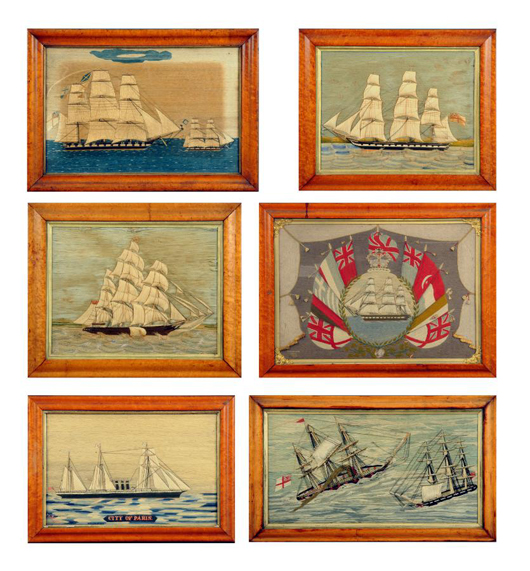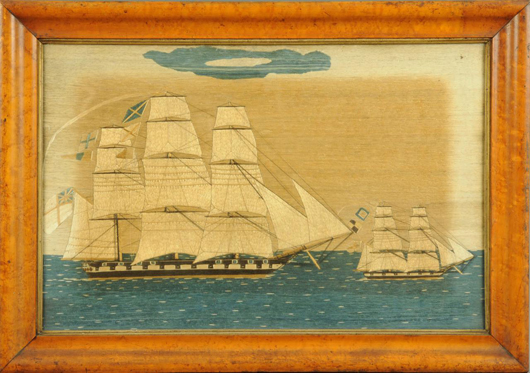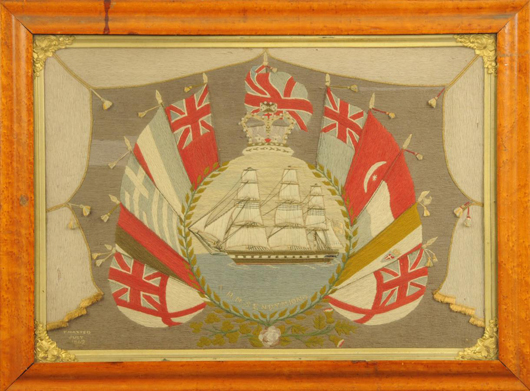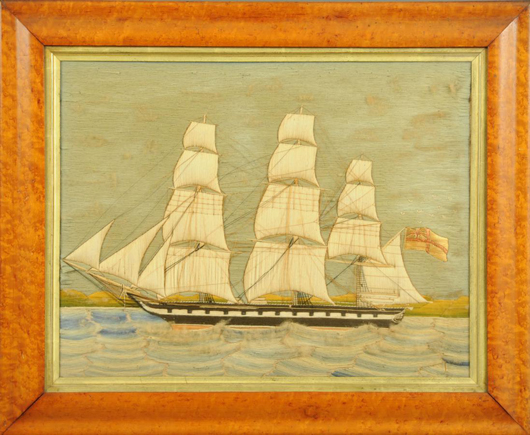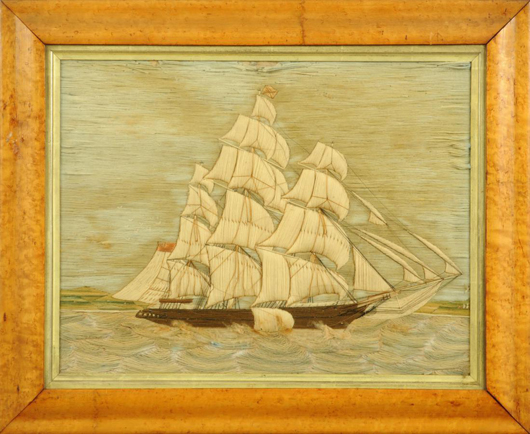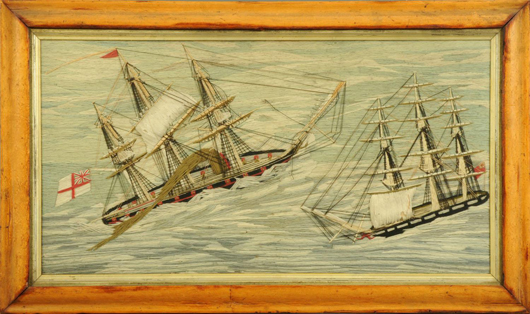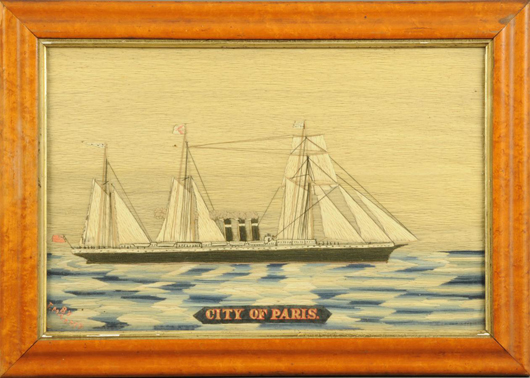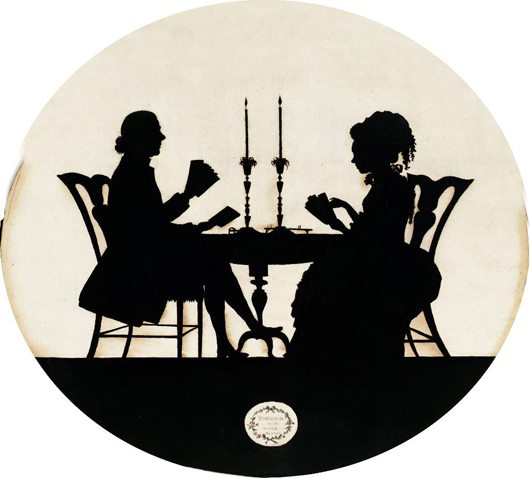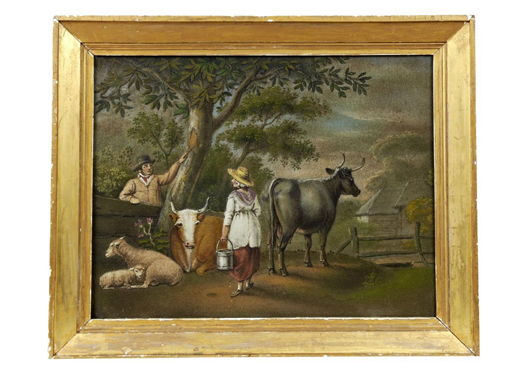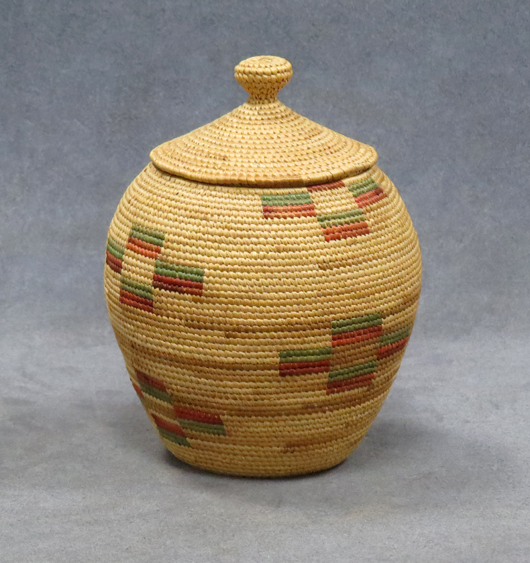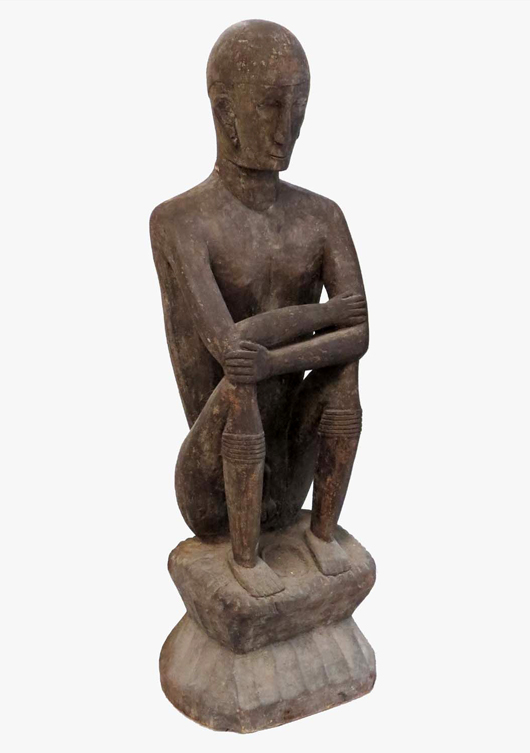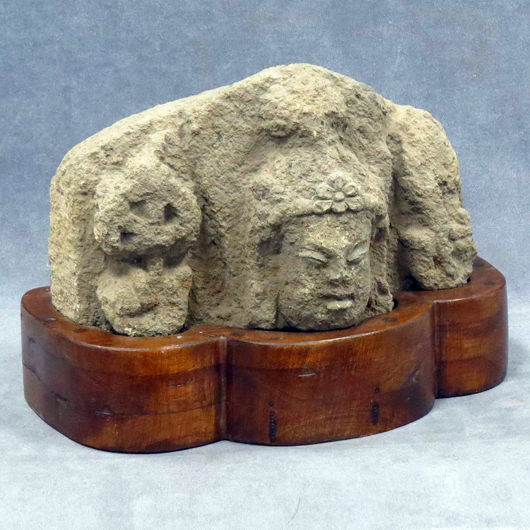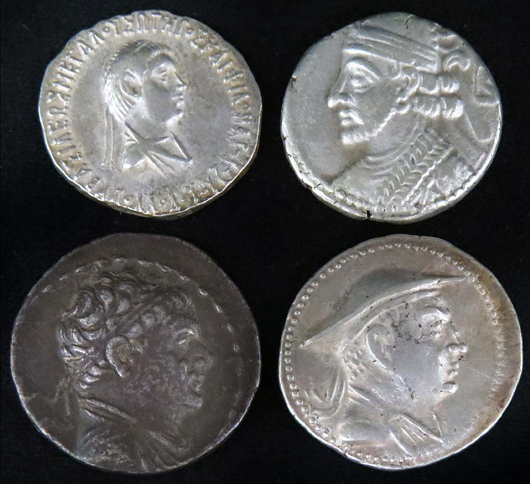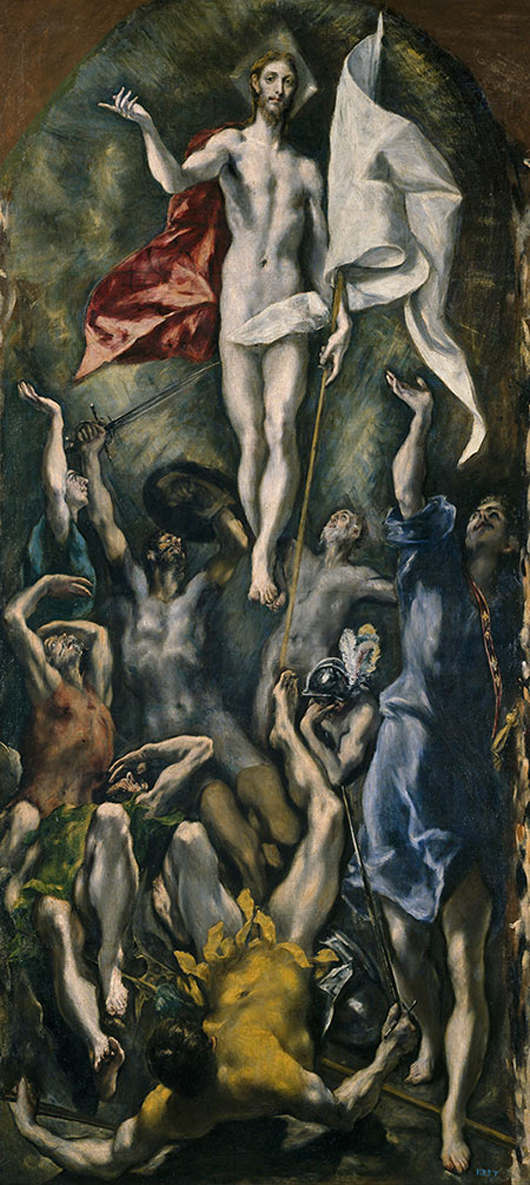
That is why Price, the museum’s executive director, is hoping the community will respond by submitting their own photos and memories of the Bunker Hill Air Force Base, which is embedded in nearly every part of the culture of Bunker Hill.
To keep the museum fresh and exciting for those who frequent it, he said, there must be an effort to reach out to them to tell the stories behind the people that made it what it is today.
“The only way we’ll ever do this job well is to include everybody that had a business or family here,” he told the Kokomo Tribune. “That group is our family that we need to build relationships with, so that we can become more of an owner-operated business. We’ve got to be more shareholder-driven. It’s all about what do you want us to do and how do we tell that story?”
On Sunday, people traveled from across the state to share those stories and celebrate the 60th anniversary of the opening of the Bunker Hill Air Force Base, which is now known as the Grissom Air Reserve Base.
Air Force veterans, military enthusiasts and those who had personal connections with the base stopped in to share memories about the facility with a reception at the Grissom Air Museum.
Earl Simon, who was stationed at Grissom following basic training and tech school in Denver, Colo,, said the base still brings to life many good memories as a native of South Bend.
“That was my first station that I was assigned to,” he said. “Those were really great days for me, because I lived close to home. When I was off duty, I could go home on the weekends, so that was really neat.”
Reg Wagle, who recently retired from the Air Force after serving for 22 years, said Grissom was constantly a source of inspiration for him as a kid growing up in Mishawaka, Ind.
Wagle, who later became a fighter crew chief in the Air Force, said he used to watch planes take off from Grissom during hot days in the summer as a child and dream about someday working on them.
“I used to work on A-10s and seeing them out here was awe-inspiring,” he said. “I remember driving by before the (A-10s) got here and those were (Cessna) A-37 Dragonflies. I got to see A-10s and thought it would be neat to see those every day. Then for 22 years, I did see them every day.”
Wagle said coming to Grissom has always been a treat because of his passion for learning and examining military history.
“Military history is always something that I’ve been interested in,” he said. “It’s neat to learn and read about this stuff and I can’t stop talking about it when I’m with my parents.”
From the time it opened as the Bunker Hill Naval Air Station in 1942 until it transitioned through realignment to the Grissom Reserve Air Force Base in 1994, volunteer and 40-year Air Force veteran John Ensign said the base has seen many changes.
“I saw a lot of changes here at the base,” he said. “The biggest change, I think, since I’m now out and looking has been the rebuilt base for the reserves and the changes that have come over there.”
The site reopened as an Air Force base June 22, 1954, as the 4433rd Air Base Squadron and the 323rd Fighter-Bomber Wing called Bunker Hill Air Force Base home.
The base was renamed on May 12, 1968, after Lt. Col. Virgil I. “Gus” Grissom, a native of Mitchell, Ind., who was one of the original seven astronauts. Grissom was killed during a fire in his Apollo capsule while still on the launching pad at Cape Kennedy, Fla.
In 1978, a second Air Force Reserve unit joined the scene. At the height of its operations, the base was home to one active duty wing and two Air Force Reserve units. Due to changes in the Air Force mission, two units (one reserve, one active duty) were deactivated in 1994.
Grissom was realigned as an Air Force Reserve facility. Today it is home to the 434th Air Refueling Wing and is one of only four Air Reserve Command Bases in the nation.
That’s a short history of the base, but Price wants the history of the base to come alive through the people.
“We’re not the Smithsonian, so we don’t have tunnels underneath here for storage,” he said. “I think people will be pleased by the fact that you’re going to rotate displays. I think everybody is going to have that opportunity, but you can’t have everybody’s personal stuff in here. But I think you can find ways to incorporate it into here.”
If you have stories, photos or memorabilia you would like to share related to the air base, contact Price at 574-398-1451.
___
Information from: Kokomo Tribune, http://www.ktonline.com
Copyright 2014 Associated Press. All rights reserved. This material may not be published, broadcast, rewritten, or redistributed.
AP-WF-06-23-14 1435GMT
ADDITIONAL IMAGE OF NOTE




